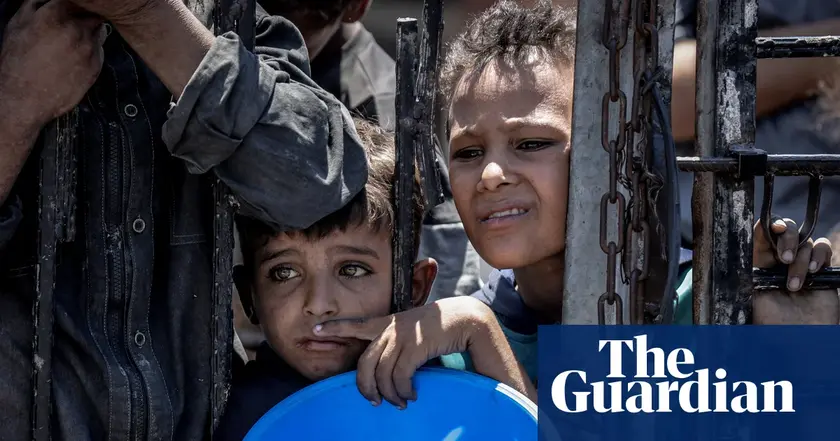T4K3.news
UN warns Gaza hunger as death toll rises
Gaza City death toll hits 25 today; 12 killed while seeking aid as UN appeals for scaled relief and safer aid routes.
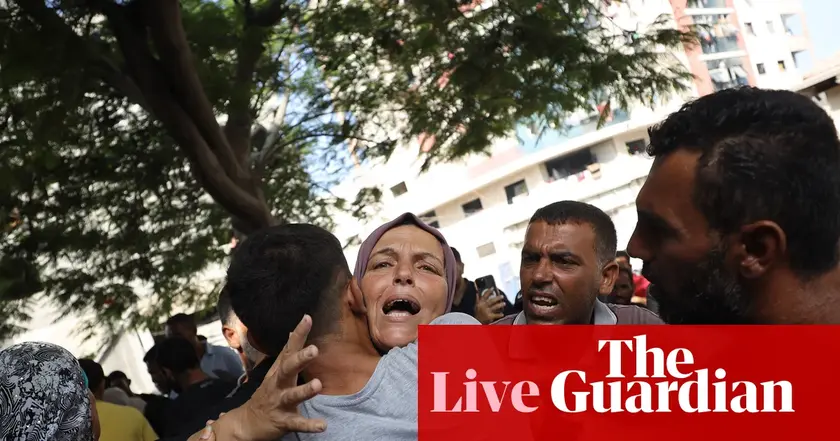
An editorial take on the Gaza crisis focusing on rising casualties, hunger and the challenges of delivering aid.
UN Warns Gaza City Hunger as Death Toll Rises
The death toll in Gaza rose to 25 today, with 12 killed while seeking aid, Al Jazeera reports. Between May 27 and August 8, the Red Cross field hospital in Rafah treated more than 4,500 wounded, most of them at food distribution sites, according to the UN. The UN spokesperson urged that aid be delivered at scale using community based mechanisms to reach the most vulnerable.
MSF officials in Gaza spoke of mass casualty events as people are killed at aid points, sometimes shot at by the Israeli army. They described a dire humanitarian situation in Gaza City where markets show limited items and many residents lack cash to access what little relief is available. The Israeli military has rejected claims of targeting civilians, instead pointing to Hamas and other militants as the culprits behind violence near distribution centers. Hunger remains a severe byproduct of the conflict, with hunger related deaths continuing to rise and reports that thousands of civilians struggle to find water and food.
Key Takeaways
"It is imperative that the UN and its humanitarian partners are enabled to deliver aid at scale, using community-based mechanisms to reach the most vulnerable."
UN spokesperson statement calling for scalable relief
"Mass casualty events near the Zikim border crossing show how desperate relief work has become"
MSF description of incidents near aid points
"We are deeply concerned about the unimaginable crisis in Gaza, which is having a terrible impact on civilians and especially the children"
Norwegian Refugee Council comment on civilians
"Mass hunger and water scarcity are a daily reality for families here"
MSF or guardian-sourced reflection on living conditions
The pattern here is clear: civilians pay the highest price as fighting continues and aid corridors remain fragile. Relief agencies warn that access, not just money, is the bottleneck. When safe routes for trucks and workers vanish, even the best plans cannot save lives. This crisis tests the world’s commitment to humanitarian norms and to vulnerable people who rely on predictable aid. The response will reveal whether international actors can align diplomacy with relief in a way that protects civilians rather than becoming a political bargaining chip.
At stake is more than a single day's toll. It is the credibility of international institutions that promise aid at scale and protection for civilians. If the trend toward disrupted distributions and border clashes continues, the humanitarian system may struggle to meet basic needs, particularly for women and children who face heightened risk in crisis zones.
Highlights
- Aid at scale must reach the vulnerable now
- Hunger is a human tragedy not a statistic
- Mass casualty events reveal relief work under fire
- The world must act before more children are harmed
Humanitarian and Security Risks in Gaza Crisis
The article discusses sensitive political and humanitarian issues, including civilian casualties, aid access, and international responses that could provoke political backlash or heightened scrutiny. The coverage involves conflict zones and could influence public perception and policy debates.
Attention now shifts to whether aid can be scaled quickly enough to save more lives.
Enjoyed this? Let your friends know!
Related News
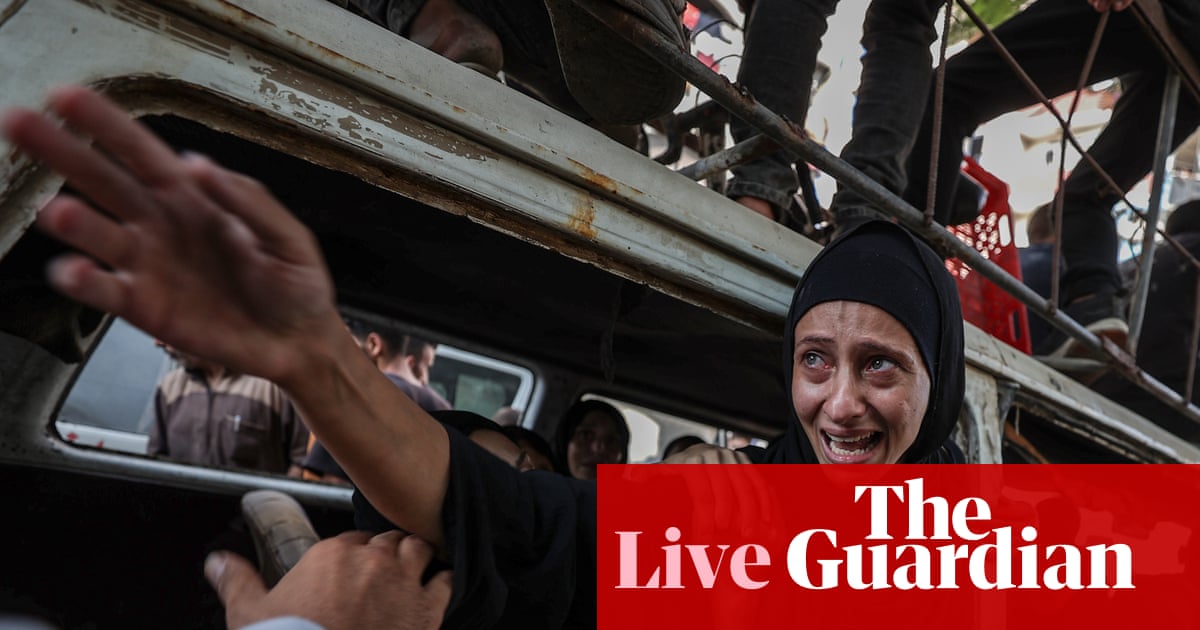
UN warns of dire hunger crisis in Gaza
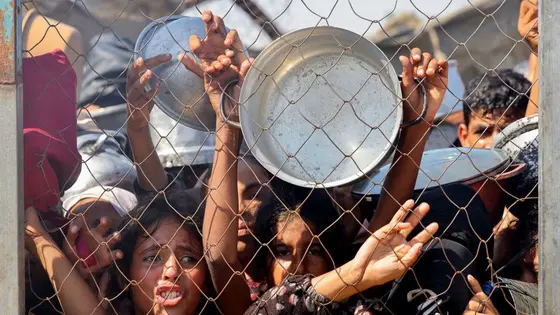
Gaza faces severe famine conditions as conflict continues
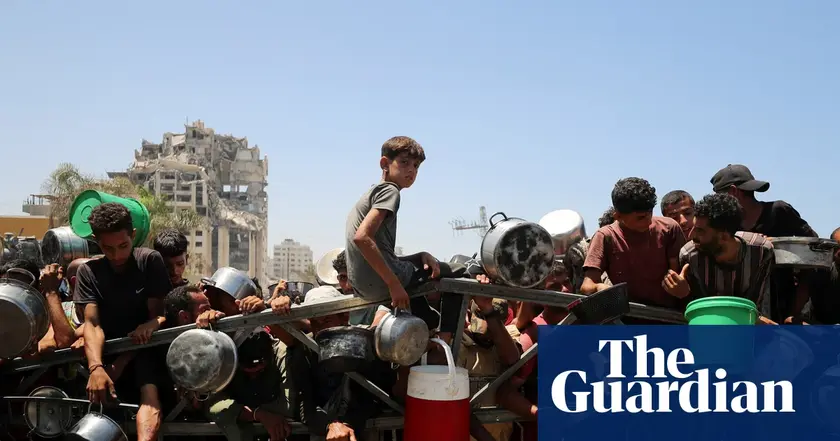
Rising death toll in Gaza as violence against aid seekers escalates
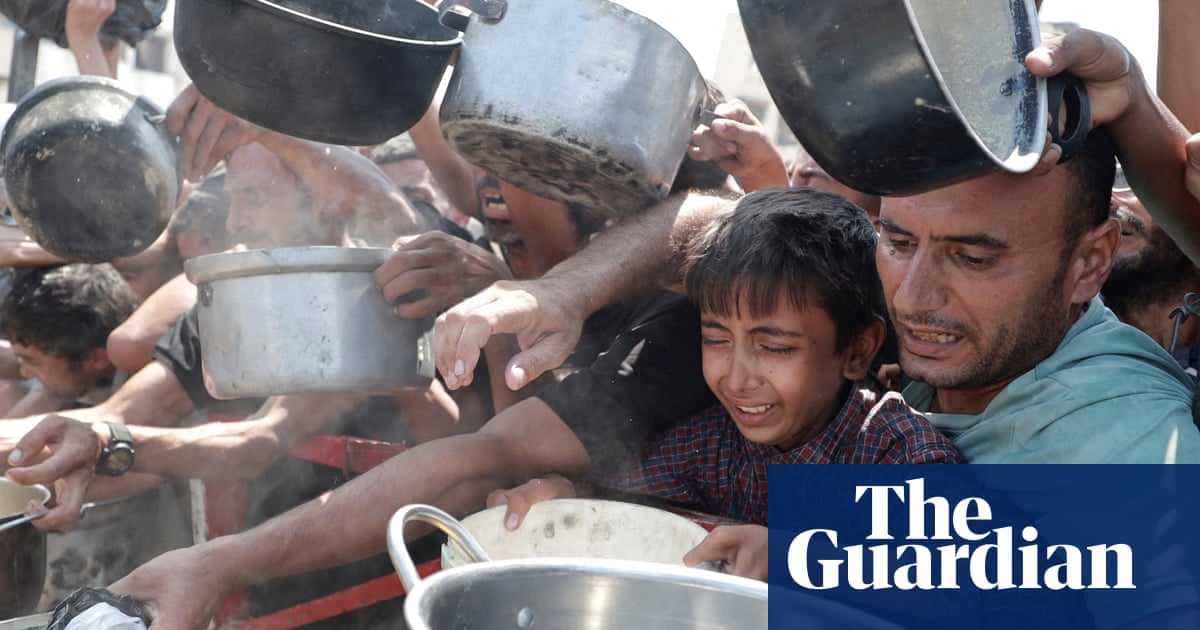
Famine conditions reported in Gaza
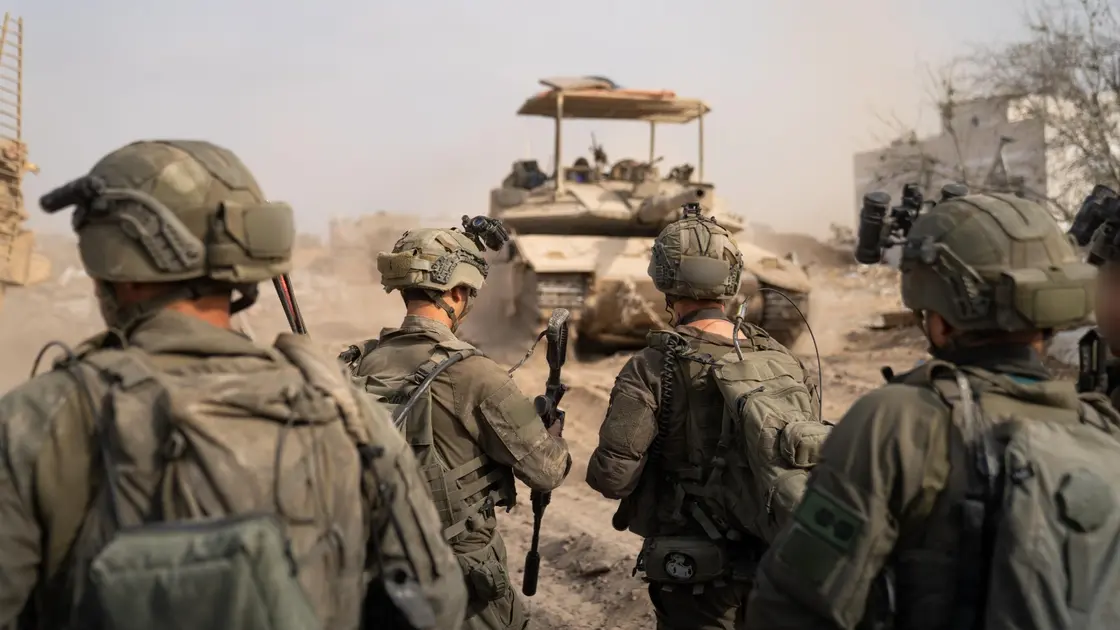
IDF advances in Zeitoun
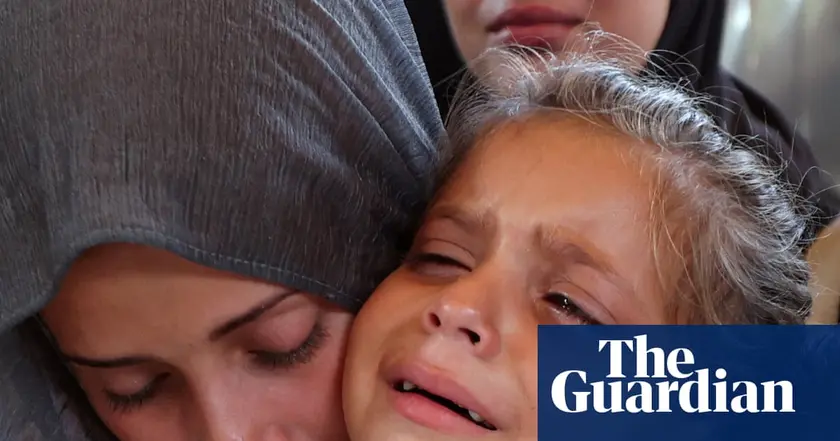
Death toll in Gaza rises amid aid crisis
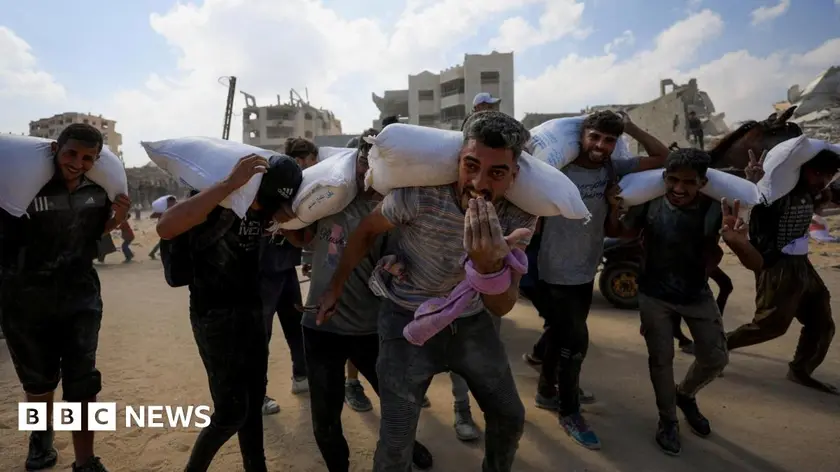
UK and 27 nations condemn Israel for civilian suffering in Gaza

Hunger debate grows as Gaza malnutrition rises
